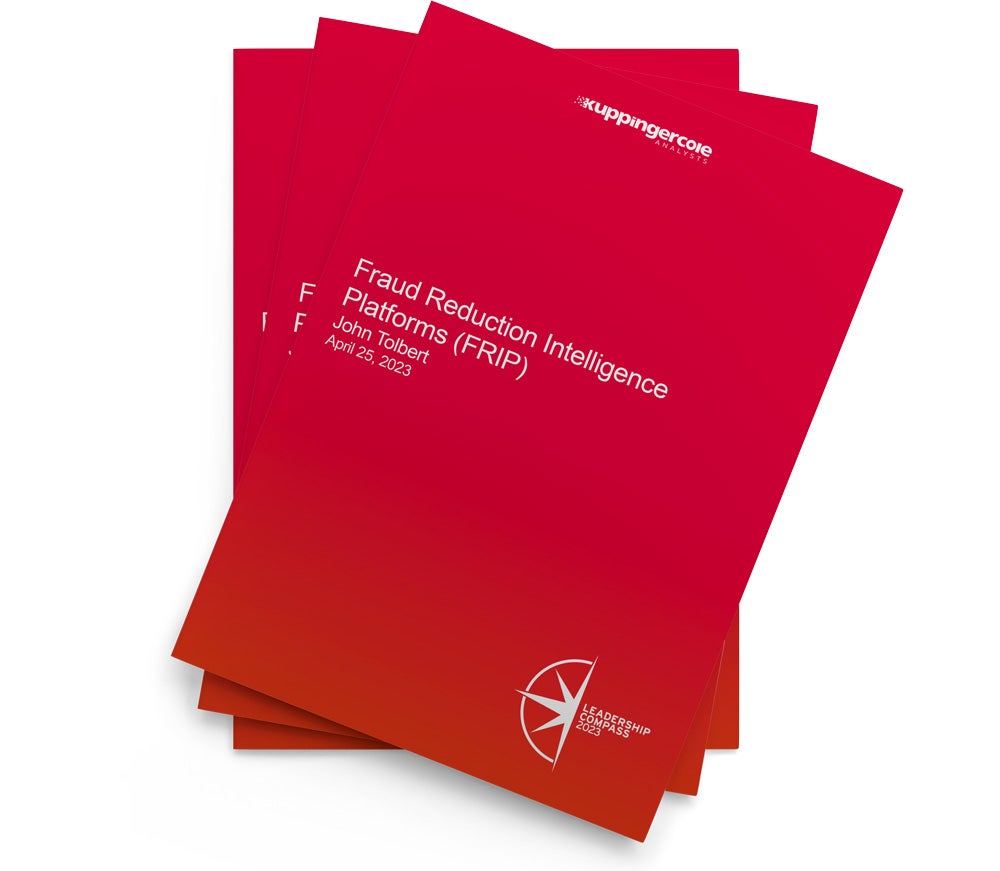
LexisNexis® FraudPoint™ UK Wins New Award
LexisNexis® Risk Solutions picks up another award for innovative fraud risk assessment
In today's rapidly evolving digital landscape, combating fraud and assessing risk accurately is critical for organisations across all industries.
LexisNexis® Risk Solutions, a leading provider of risk evaluation and predictive analytics, has taken a significant stride in this area with its award-winning product, LexisNexis® FraudPoint™ UK.

RegTech Project of the Year
New Product of the Year
Award Winning
FraudPoint™ UK harnesses the power of predictive machine learning and advanced analytics in spotting identity fraud. It goes beyond traditional fraud scoring systems, using machine learning to spot seemingly unrelated events and identify suspicious connections and anomalies that indicate higher fraud risks. It empowers businesses and their fraud teams with the actionable intelligence necessary to make informed decisions regarding application approvals, customer authentication, and follow up actions.
LexisNexis Risk Solutions has already picked up a couple of awards in recognition of this innovation, firstly, winning New Product of the Year at the FinTech Wales Awards 2022, and more recently taking home the prize for RegTech Project of the Year at the National Technology Awards 2023.
What makes FraudPoint UK stand out?
The strength of FraudPoint UK lies in its holistic view of identities. Rather than providing a simple pass or fail fraud score, FraudPoint UK generates a near real-time risk score, supported by risk bands and reason codes that offer greater insight and transparency to support seamless journeys for good customers and positive customer experiences.
“FraudPoint UK helps to supercharge the effectiveness of fraud and onboarding teams, providing them with comprehensive, split-second consumer risk assessments at a time of ever-evolving fraud attacks. Each customer is assessed individually with a FraudPoint UK risk score that takes into account the customer’s industry, risk appetite and fraud strategy. Supervised machine learning, combined with our proprietary unique identifier LexisNexis® LexID®, enables us to interrogate billions of records and explore associations between entities to look for signs of foul play or manipulation. This ensures that our customers can bring in more business, capture more fraud and protect their bottom line with ease and efficiency.” – Lauren Hughes, Lead Product Manager
One of the core strengths of FraudPoint UK is the sheer scale of the data we can draw upon, and the methods we use to make sense of it all. Our UK data combines multiple sources totalling around 2.8 billion UK consumer records. Using our proprietary statistical linking technology, LexID®, we can resolve these vast consumer records to individual unique identities. With over 57 million (LexID) unique consumer profiles we have a deep and accurate view of the UK adult population.
FraudPoint UK can also leverage further digital insights from the LexisNexis® Digital Identity Network®, a vast, global, cross-industry intelligence network that records and analyses billions of digital transactions per year. Over 5,000 businesses globally, including the majority of top-tier banks, contribute to the shared intelligence within the Digital Identity Network®.
LexisNexis® Risk Solutions – commended by global analyst firm KuppingerCole
In its latest Leadership Compass report on Fraud Reduction Intelligence Platforms (2023), KuppingerCole Analysts AG underlines the importance of companies operating multi-layered controls to detect and prevent fraud.
Aside from having the right functionality, KuppingerCole recognises the importance of fraud reduction platforms being user-friendly; able to integrate effectively with existing technology and solutions that companies have in place; and agile enough to grow with a company and its evolving needs.
“The LexisNexis Risk Solutions infrastructure allows for maximum scalability. With comprehensive Fraud Reduction Intelligence Platform solutions and combined, easy-to-consume packages, all organisations should have LexisNexis Risk Solutions on their shortlist when searching for fraud reduction technologies,” said John Tolbert, KuppingerCole analyst.
LexisNexis® FraudPoint™ UK
FraudPoint UK in practice:
In a trial using real customer data we helped a customer in the rental business develop a model aimed at spotting identity fraudsters that use known personally identifiable information (PII) – e.g. names and addresses – of genuine people, to hide their real identity.
By collaborating closely with the customer to address the problem they were facing, we were able to develop a model that could spot these fraudsters and prevent some of the losses to application fraud. We could show:
- By simply targeting the lowest scoring 10% (the model outputs a risk score, lower score = higher risk) of applications, ~40% of fraud examples could have been prevented.
- We could pinpoint specific indicators of risk in the model, as well as other risk factors that weren’t included.
- We could show significant savings from prevented losses.

